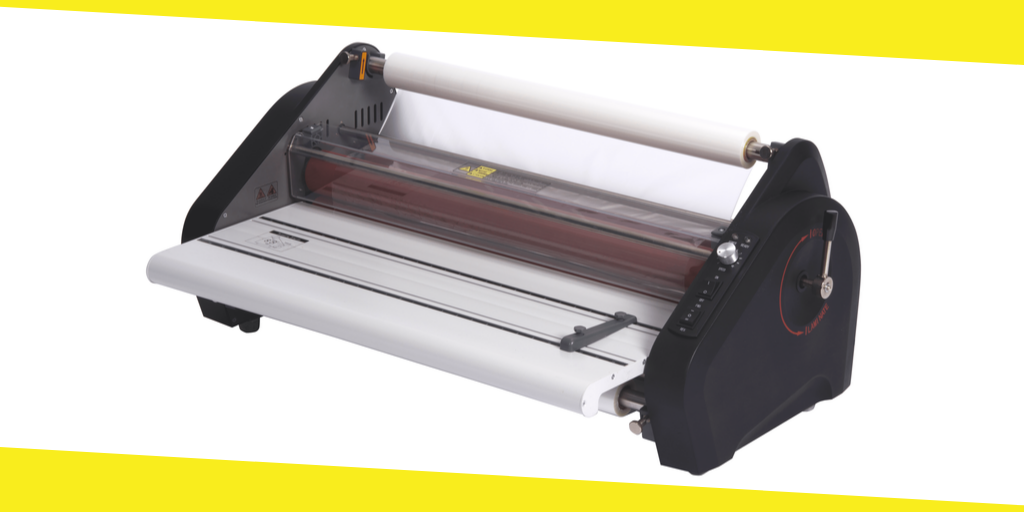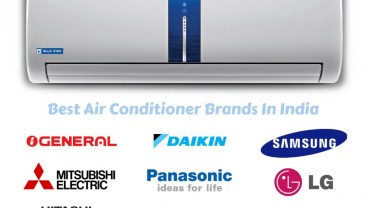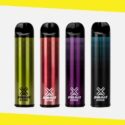The Protective Layer: 3 Main Types of Lamination Machines to Consider

Whether they’re looking for lamination machines for personal use or for their businesses, buyers have a few options at their disposal. Before looking into brands, it is worth discussing the differences between the types of lamination machines available, since each of them is perfectly suited for a particular task. Read on to find out about the three main types of lamination machines to learn more about each of them.
Roll Laminators
Roll laminators are one of the most popular types of lamination machines available online. They use two rolls of film to laminate projects quickly. There are two main categories of roll laminators: cold roll laminators and thermal or hot roll laminators.
People in the printing industry sometimes refer to cold roll laminators as pressure-sensitive laminators. They’re designed for use with products and documents sensitive to heat and range from simple two-roller manual crank machines to complex, adjustable feed laminators. Cold roll laminators are great for commercial printers, graphic designers, copy shops, and sign makers.
While cold roll machines use two sheets of pressure-activated film, hot roll feed laminators encapsulate prints in heat-activated thermal film. They’re available in both single roll and double roll models. The finished result will have a border of gloss or matte film around its edge ranging in thickness from 42 to 250 microns.
Hot Pouch Laminators
Hot pouch laminators are better suited for personal use. They’re both smaller and more affordable than roll laminators, and they’re easy to use. Consumers can place their documents into a specialized pouch made from heat-activated film and then pass it through the machine. The film will be bonded under pressure, removing air bubbles and creating a seal.
Small business owners who care more about their budgets than operational efficiency may also prefer hot pouch laminators. They can use them to laminate anything from paper documents to ID cards. Note, however, that consumers who want to laminate thicker products will need to purchase specialty pouches.
Cold Pouch Laminators
Cold pouch lamination is the best option for consumers who need to laminate heat-sensitive documents. Photos, artwork, faxes, and inkjet printed documents should all be cold laminated, but it makes little sense to buy a cold roll laminator for occasional, small-scale projects.
There are actually a few options available for cold lamination without a roll laminator, and while consumer opinions vary about which of them is best, there are a few things most professionals agree on. Avoid products that claim to be self-laminating without the help of a machine, as they produce a lot of air bubbles or silvering.
Some hot pouch laminators offer users the option of turning the heat setting down or turning it off completely. Those who don’t expect a need for hot lamination will find that these machines are more expensive and don’t really provide a good value unless artists or business owners also need to use hot lamination.
The Bottom Line
There are many ways to laminate products, but all commercially available lamination machines fall into one of the three categories described above. Business owners who expect to laminate a lot of products or documents should always go for roll laminators, but the average consumer or even self-employed artist can usually get away with a hot pouch or cold pouch laminator. Ultimately, it’s a matter of balancing the cost of the equipment against its efficiency and its intended use, as all these machines produce similar end results.
Recommended For You
Best Air Conditioner Brands In India
Most Inside
Most Inside offers high-quality recommendations and valuable updates to enhance all aspects of your life, providing premium guidance and enriching experiences.




